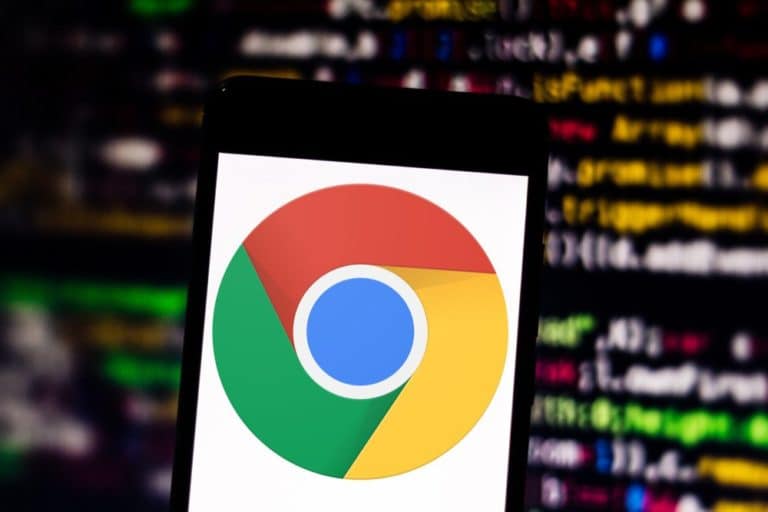Google has released version 87 of Chrome. The new version comes with performance improvements for when you have a lot of tabs open at the same time. Google has also started to roll out a tab search feature.
Javascript Timer
Google has been able to achieve some extra speed by reducing the number of tabs that are used less by using fewer system resources. The company had learned that JavaScript Timers was responsible for up to 40 percent of the load in tabs in the background.
By ensuring that such timers can only update once every minute, Google was able to reduce the load on the processor by a factor of 5. As a result, the test system, a MacBook Air 2020 with an Intel Core i3 processor, lasted over an hour longer on a battery charge.
Occlusion tracking
Also, Chrome can now detect when a Chrome window is not actually visible, like when it is minimized or when another window is in front of it. Google can use this information to make tabs and windows use fewer system resources when they’re not visible. This should result in the browser starting up to 25 percent faster and up to 7 percent faster loading of web pages, The Next Web writes.
Tab search
For those who hoard so many tabs that they lose track of them, Google is also working on a tab search feature. Next to the plus button for opening new tabs, a new button will be placed. This button opens a text field where you can look for your lost tabs.
The option will be rolled out Chromebooks at first, and other systems will follow later. For those who are eager to try it out, there appears to be a way to activate the option already. To do this, you need to create a Chrome shortcut on your desktop, right-click on it, go to properties and in the Shortcut tab the type command -enable-features=Add TabSearch in Target field.
Further improvements
Other innovations in Chrome 87 include ARM support for the new Apple computers with M1 processors and making it faster to go back one page if you accidentally tapped the wrong link on Android.
